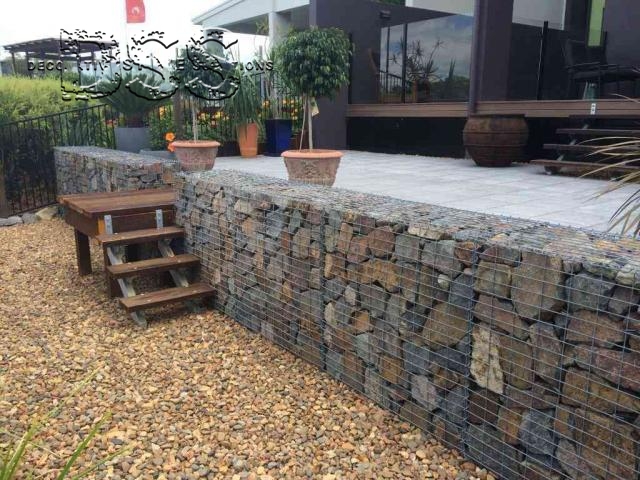Gabion Walls: Functional and Attractive
Stone-filled Gabion Wall projects have become increasingly popular with architects, designers and D.I.Y'ers for their strong structure and aesthetic appeal. And it is no wonder why, as creativity meets functionality with this design spotlight!
Randy answers your questions about Gabion Walls:
What is a Gabion? Gabions are wire fabric containers, uniformly partitioned, of variable size, interconnected with other similar containers and filled with stone at the site of use, to form flexible, permeable, monolithic structures. The word 'gabion' comes from the Italian word 'gabbione', which means "big cage".
Why use a Gabion? Gabion structures can be built with speed and economy in all circumstances. They are highly permeable, acting as self-draining units which "bleed" off ground waters, relieving hydrostatic pressure. The capacity of gabions to deform "flexibility" makes them preferable to a concrete wall which would crack and collapse under foundation and internal stress. In addition to the distinct structural advantages over concrete and other non-porous gravity wall structures, the potential to vegetate a standard gabion basket or wire faced wall offer unique landscaping potential as well. Don't forget that a well constructed stone gabion just looks cool!
When should a Gabion be used? Use for: retaining walls, decorative site walls, sea walls, channel linings, revetments and weirs for earth retention.
... The possibilities for Gabion Walls are endless and confined only by the designer's creativity.
View our UCSD Argo Hall project featuring our South Face Rubble







